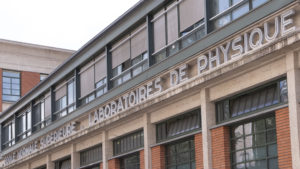Cosmology research themes at LPENS
Team members include: Nick Kaiser, Francois Boulanger, Martin Bucher, Yashar Akrami, Andrei Lazanu, Niall Jeffrey, Erwan Allys, Nicolas Chartier (see https://www.lpens.ens.psl.eu/astrophysique/?lang=en#Membres)
Fundamental Physics and Cosmology
Cosmology deals with the extreme Universe at the very earliest times and on the largest length scales. Cosmology is intimately connected to theories of elementary particle physics because the characteristic energy scales that governed what took place in the very early Universe exceed by many orders of magnitude the highest energies that can be probed using terrestrial accelerators such as the CERN LHC and its progeny. The Standard Model of particle physics, comprised of the Weinberg-Salam electroweak model augmented with quantum chromodynamics, has been remarkably successful in explaining the results of accelerator experiments. The unification of quantum theory with gravity remains an open challenge. The new physics that explains what happened in the early Universe necessarily involves physics beyond the Standard Model and possibly also quantum gravity in order to explain how the initial conditions of the Universe were imprinted. Cosmic inflation has been advanced as a possible explanation for this new physics. Understanding how inflation is realized remains an open challenge. Ideally we would like to see how a particular model of inflation arises from a unique theory rather than simply enumerating families of possible theories.
Exploring alternatives to inflation is also an active area of current research as is exploring modifications of general relativity and exotic forms of stress-energy in the Universe. While Einstein’s classical theory of gravitation has been verified to remarkable precision in the weak coupling regime on the scale of the solar system, one may wonder whether modifications appear on much larger scales and at much earlier times. Another mystery is the nature of the Dark Matter and the Dark Energy, which presently dominates the mean energy of the universe. These two components remain poorly understood and have been observed only indirectly. Their understanding is also intimately related to fundamental physics and possible modifications to our understanding of Gravitation.
Another major open question is how the Universe as seen today emerged from the simple initial conditions imprinted during the very early Universe. While a lot is known about the universe nearby and also about the Universe at the time when the Cosmic Microwave Background (CMB) anisotropies were imprinted, comparatively little is known about the intermediate epoch–sometimes referred to as the “Dark Ages” of the Universe, when the first generation of stars and quasars formed and re-ionized the neutral gas. “Cosmic Dawn” and the “Epoch of Reionization” will be explored with the new radio surveys that are coming online, thus allowing theories for what took place during this epoch to be confronted with new observations.
Probes of the Universe
While not so long ago cosmology was primarily a data-starved theoretical science, modern cosmology has become increasingly dominated by new observations. Observations of the relict cosmic microwave background (CMB) radiation have provided a precise characterization of the initial conditions of the Universe. The ENS group has played a leading role in the European Space Agency Planck mission, which produced the best full-sky maps of the CMB in temperature and polarization. The Planck data has substantially winnowed down the range of viable theoretical models for the new physics of the early Universe. CMB observations continue to be an area of intense activity driven by the quest to detect primordial gravitational waves that presumably were generated during an early epoch of cosmic inflation.
Having established the initial conditions in the early Universe, it remains to explore how the Universe as we observe it today arose from these simple initial conditions. While the early Universe, at least according to the inflationary paradigm, is well described by linear physics, the relevant physical processes later on (e.g., gravitational clustering, magnetohydrodynamics, star and galaxy formation) were highly nonlinear and complex. Observing the formation of the first generation of stars and quasars, during Cosmic Dawn and the Epoch of Reionization, will be an area of rapid progress and intense activity in the coming years, thanks to the advances in radio astronomy instrumentation, largely driven by Moore’s law. The ENS group has a long history of involvement in French radio astronomy and anticipates becoming a major player in the Square Kilometer Array, sited in radio-quiet sites in Australia and South Africa. ENS is also involved in HIRAX, which promises to provide new data to constrain the properties of the Dark Energy and answer a host of other questions.
Both the spatial distribution of galaxies and the gravitational lensing effect (observed in images of galaxies) allow us to trace the large-scale matter distribution of the Universe. This large-scale structure of matter forms a cosmic web, which is primarily composed of invisible Dark Matter. By observing the distribution of galaxies and measuring their lensing signal we can constrain unknown properties of our Universe, including the effect of Dark Energy acceleration on the cosmic web.
Another area of great promise is the next generation of galaxy surveys now coming on line. ENS is part of the Euclid Collaboration, which among other things will constrain the Dark Energy through mapping the Baryon Acoustic Oscillations out to large redshift, and also through gravitational lensing, which will map the mass distribution of the Universe directly rather than through poorly understood proxy tracers. ENS’s Nick Kaiser played a pioneering role in developing gravitational lensing as a probe of the Universe.
Gravitational physics and transient phenomena are other areas where much progress and surprises are to be anticipated. The discovery of gravitational waves by the LIGO/VIRGO experiment showed that the mass distribution of black holes does not coincide with expectation. Much work is in progress to understand this discrepancy as new data becomes available. Another mystery in the radio is Fast Radio Bursts, for which many theories have been put forth. But the data needed to distinguish between the competing models is presently lacking. HIRAX promises to discover a host of new FRB events, with precise positions to enable follow up with observations at other wavelengths.
Involvement in Major International Projects
Researchers in Astrophysics and Cosmology at LPENS are actively involved in collaborations at large observatories around the world and space missions that are revolutionizing our knowledge of the Universe. We cite a few examples related to current research at LPENS from the primordial Universe to galactic astrophysics.
– Observatories in Antarctica and Chile in the Atacama as well as the LiteBIRD space mission will follow up on the Planck mission by mapping the cosmic microwave background at higher sensitivity and resolution. The major objective is searching for the expected signature of the primordial gravitational waves generated during Inflation.
– By observing the primordial distribution of hydrogen, the Square Kilometer Array (SKA) will explore how the Universe became reionized as the first generation of stars and quasars came into being and subsequently evolved. SKA will also image the universe in three dimensions allowing us to address a host of new questions in cosmology by probing the large-scale structure.
– The Euclid space mission will test general relativity and to explore the nature of Dark matter and dark energy through their observational signatures in the geometry of the Universe. Euclid will also help characterize the initial conditions of the Universe and its geometry and expansion history.
The Atacama Large Millimeter Array (ALMA) in Chile and the IRAM interferometer in the Alps will allow us to study the physics of matter in the form of gas and dust in circumgalactic and interstellar space and the magnetic fields that lead to the formation of galaxies, stars, and planets.
ENS is involved in the HIRAX collaboration, which is an SKA precursor which will map the Southern Sky in the 400-800 MHz band, corresponding to the 21cm line in the redshift range 0.8-2.5.









